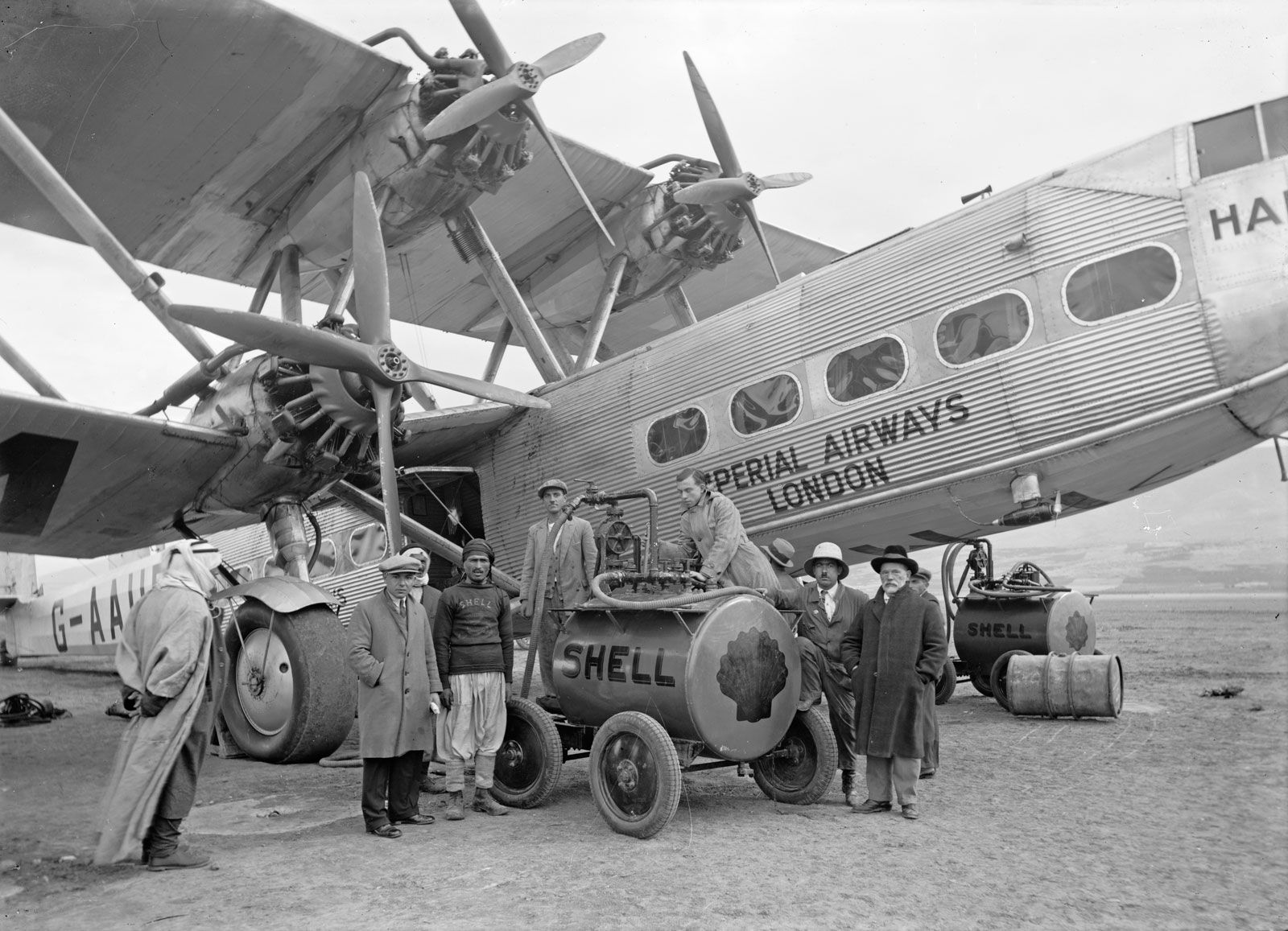
Ever wondered how air travel began? The first commercial flight took off on January 1, 1914, marking a monumental moment in aviation history. This pioneering journey flew from St. Petersburg to Tampa, Florida, covering a distance of about 21 miles. The aircraft, a Benoist XIV biplane, was piloted by Tony Jannus and carried one paying passenger, Abram C. Pheil, a former mayor of St. Petersburg. This flight, lasting just 23 minutes, paved the way for the global airline industry we know today. Curious about more details? Let's dive into 23 fascinating facts about this groundbreaking event that changed the way we travel forever.
The Dawn of Commercial Aviation
The first commercial flight marked a significant milestone in aviation history. It opened the skies to passengers and cargo, transforming travel and commerce.
-
The first commercial flight took place on January 1, 1914. This historic event set the stage for the modern aviation industry.
-
The flight was operated by the St. Petersburg-Tampa Airboat Line. This company was the world's first scheduled airline service.
-
The aircraft used was a Benoist XIV biplane. This small, open-cockpit plane was designed by aviation pioneer Thomas Benoist.
-
The pilot was Tony Jannus, a skilled aviator. Jannus was well-known for his expertise and daring stunts.
-
The flight covered a distance of 21 miles. It connected St. Petersburg and Tampa, Florida, across Tampa Bay.
The Pioneers and Their Vision
The visionaries behind the first commercial flight were determined to make air travel a reality for everyone.
-
Percival Fansler, an aviation enthusiast, organized the flight. Fansler believed in the potential of commercial aviation.
-
The ticket for the inaugural flight was auctioned off. Abram C. Pheil, a former mayor of St. Petersburg, won the bid for $400.
-
The flight lasted 23 minutes. This was a significant improvement over the two-hour boat trip between the cities.
-
The Benoist XIV could carry only one passenger. This limitation highlighted the infancy of commercial aviation.
-
The aircraft flew at an altitude of 50 feet. Low-altitude flights were common in early aviation due to limited engine power.
Challenges and Triumphs
Early commercial flights faced numerous challenges, but each obstacle overcame paved the way for future advancements.
-
Weather conditions were a major concern. Pilots had to navigate without modern instruments, relying on visual cues.
-
The Benoist XIV had a top speed of 64 mph. This was impressive for the time but slow by today's standards.
-
The aircraft was made of wood and fabric. These materials were lightweight but not very durable.
-
The engine produced 75 horsepower. Modern commercial jet engines produce over 100,000 horsepower.
-
The flight was a financial success. It demonstrated the viability of commercial air travel to investors and the public.
Legacy and Impact
The first commercial flight left a lasting legacy, influencing the development of the aviation industry.
-
The St. Petersburg-Tampa Airboat Line operated for only four months. Despite its short lifespan, it proved the concept of scheduled air service.
-
The flight inspired other aviation pioneers. Companies like Pan American World Airways and KLM Royal Dutch Airlines followed in its footsteps.
-
Commercial aviation grew rapidly after World War I. Advances in technology and infrastructure made air travel more accessible.
-
The introduction of larger aircraft increased passenger capacity. This made air travel more affordable for the general public.
-
The development of international routes connected the world. Air travel became a key component of global commerce and tourism.
Modern Aviation: A Direct Descendant
Today's aviation industry owes much to the early pioneers who took to the skies in 1914.
-
Modern commercial jets can carry hundreds of passengers. This is a far cry from the single-passenger Benoist XIV.
-
Advanced navigation systems ensure safe and efficient flights. Pilots now rely on GPS, radar, and other technologies.
-
The aviation industry contributes significantly to the global economy. It supports millions of jobs and facilitates international trade.
The first commercial flight was more than just a journey across Tampa Bay. It was a leap into the future, setting the stage for the interconnected world we live in today.
The Legacy of the First Commercial Flight
The first commercial flight on January 1, 1914, marked a pivotal moment in aviation history. This 23-minute journey from St. Petersburg to Tampa, Florida, opened the skies to the public, transforming how we travel. The St. Petersburg-Tampa Airboat Line, piloted by Tony Jannus, carried one passenger, Abram C. Pheil, and charged $400 for the trip. This flight demonstrated the potential of air travel for everyday people, not just daredevils and mail carriers.
Today, commercial aviation is a cornerstone of global connectivity, enabling millions to traverse continents in hours. The pioneering spirit of that first flight lives on in every takeoff and landing. It’s a testament to human ingenuity and the relentless pursuit of progress. Next time you board a plane, remember that humble beginning and appreciate how far we've come in just over a century.
Was this page helpful?
Our commitment to delivering trustworthy and engaging content is at the heart of what we do. Each fact on our site is contributed by real users like you, bringing a wealth of diverse insights and information. To ensure the highest standards of accuracy and reliability, our dedicated editors meticulously review each submission. This process guarantees that the facts we share are not only fascinating but also credible. Trust in our commitment to quality and authenticity as you explore and learn with us.


